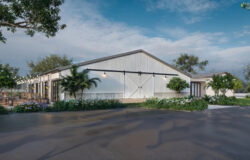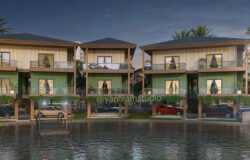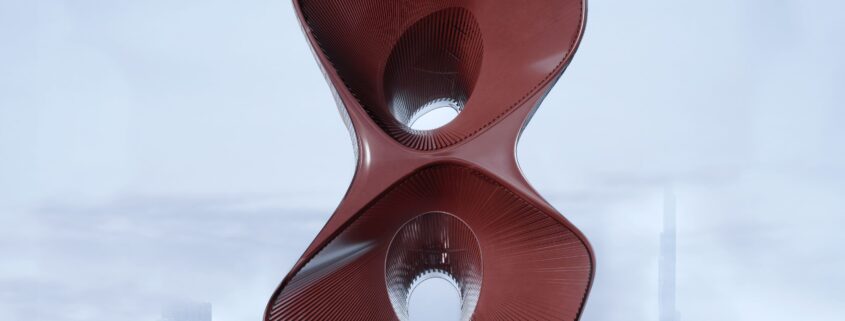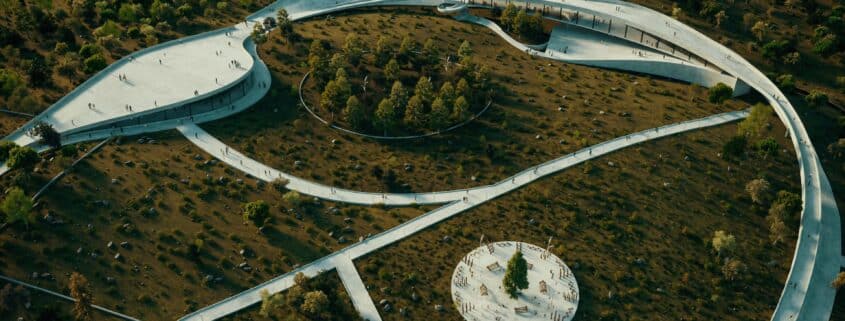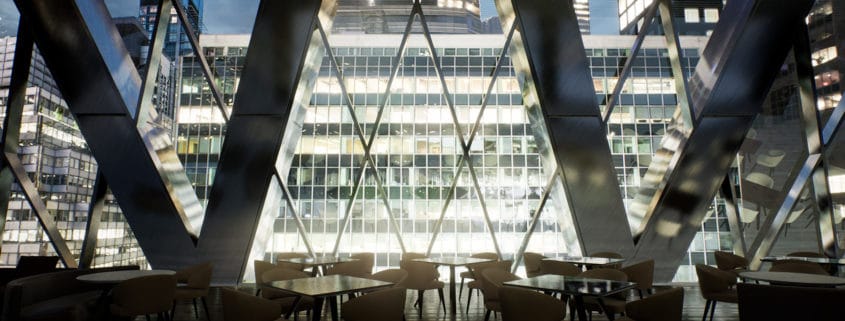Playful Primary School
Imbued with the audacity of youth, children seek to unravel the mysteries of the world. They are alchemists, blending disparate elements to conjure new realities. Let us fashion realms anew from the elemental shapes of rectangles, circles, and triangles, birthing creatures yet unseen!
In the playground of the young, bravery knows no bounds. Here, mistakes are but stepping stones on the path to discovery. Yet amidst their diversity, all children share a singular quest: the relentless pursuit of knowledge! Imagine a school not confined to the rigid boundaries of curriculum, but a sanctuary where each child’s unique talents find nourishment and flourish.
What if, in Africa’s classrooms, the dance of learning intertwines with the rhythms of literature? What if, beyond equations, a canvas awaits the stroke of a budding artist’s brush? Perhaps within these walls, a sculptor’s hands find clay, shaping dreams into tangible forms. By fostering an environment that celebrates exploration and creativity, we ignite the flame of passion within every child.
This project emerges as a testament to the transformative power of geometric unity. Through the alchemy of shape, classrooms merge into a tapestry of learning and play. Here, within the embrace of interconnected forms, students cultivate skills that transcend the confines of textbooks. From the rhythm of dance to the stroke of a paintbrush, from the soil of a garden to the heat of a kitchen, every corner pulses with the heartbeat of discovery.
In the gallery of this school, young talents find their voice, their creations a symphony of possibility. Within these hallowed halls, diversity is celebrated, and uniqueness is revered. This is a place where students, each a kaleidoscope of untapped potential, find wings to soar.
With this project, we honor the kaleidoscope of human potential, empowering children to shape a future where every voice is heard, and every talent cherished. From this crucible of creativity, a playful school emerges in Africa’s embrace, a beacon of hope for education’s boundless horizons.





